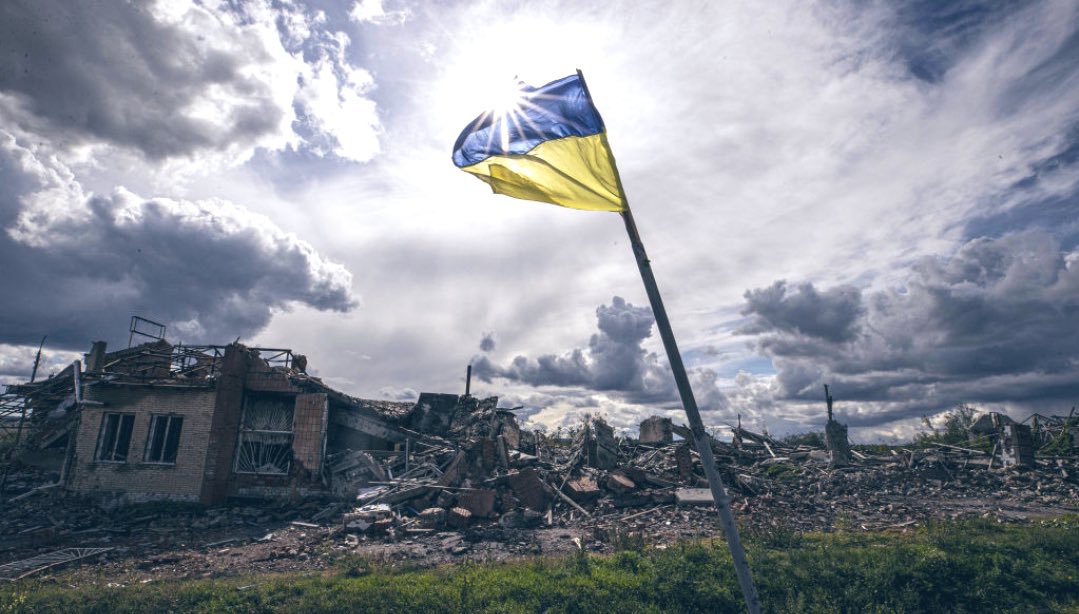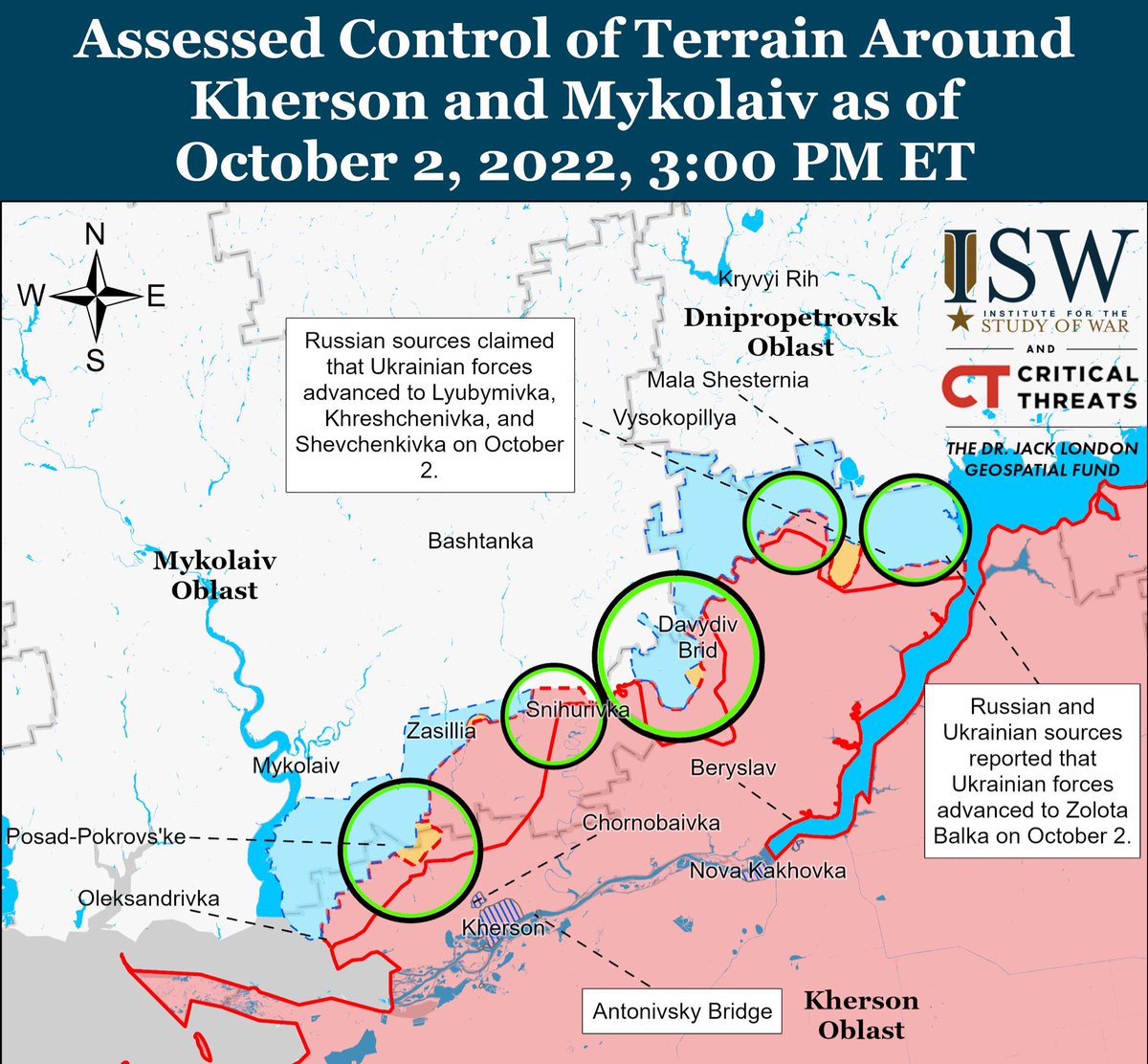
This week, the Russian military launched a multitude of Iranian suicide drones at #Kyiv. Some were shot down. Others crashed into civilian buildings causing death and destruction. It is a useful start point for a wider examination of autonomous systems in this war. 1/25 🧵 

2/ Autonomous systems have featured throughout this war, with both sides employing dozens of military and civil aerial systems. 

3/ One expert who has been following trends in autonomous systems well before the war, and throughout the war this year, is @SamBendett. His reports and threads are well worth reading. twitter.com/SamBendett 

4/ Back in 2018, I published a report with @CSBA_ on human-machine teaming. A lot has changed since then! There are several current trends in autonomous systems worth exploring. csbaonline.org/research/publi…
5/ First, we have not seen the large-scale use of drones that many expected. Indeed, the use of dozens of Iranian drones over the past week has really been first massed use of these systems in the war.
6/ Many reports from military institutions and think tanks over the past decade have forecast the widescale use of autonomous technologies on the battlefield. While we have seen them, we are yet to see their widescale, multidomain use.
7/ However, they have proved their utility across a range of lethal and non-lethal missions in Ukraine. We should expect to see further proliferation after this war. They are too cheap, too available and too capable for military institutions to ignore.
8/ Second, there has been a widescale use of commercial autonomous systems to supplement the missions undertaken by military grade systems.
9/ Both Ukraine and Russia have supplemented their military UAV fleets with a range of different commercial UAVS. Many of these have been provided by civilian crowd funding efforts. 
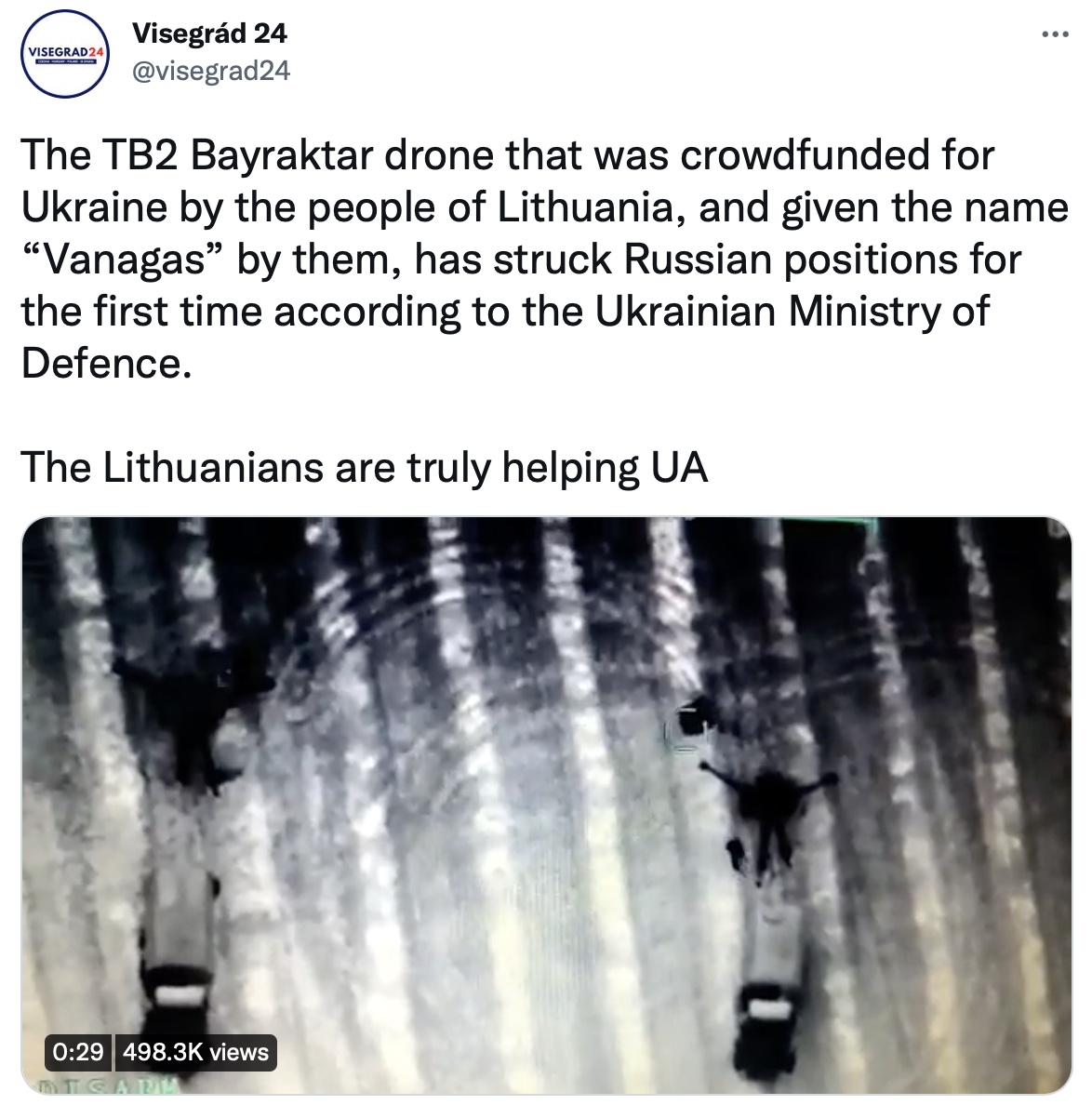
10/ Some commercial drones have been used for recon and surveillance. Others have been fitted with small munitions, such as mortar bombs or 40mm grenades, for dropping on the enemy from above.
11/ Some commercial drones have been used for recon and surveillance. Others have been fitted with small munitions, such as mortar bombs or 40mm grenades, for dropping on the enemy from above.
https://twitter.com/roflchatgroup/status/1526575219317559296?s=20&t=j4DjsynMH0wtqIsJ8InbzQ
12/ While useful, these are going to be less effective as counter drone technologies proliferate, and military institutions think through the full range of implications of integrated human-machine teaming.
13/ Third, counter autonomy has been a ‘lagging capability’. That must change. Despite early warning in multiple open source and classified resources about the future use of autonomous systems, counter-autonomy has not kept up with deployment of autonomous systems. 
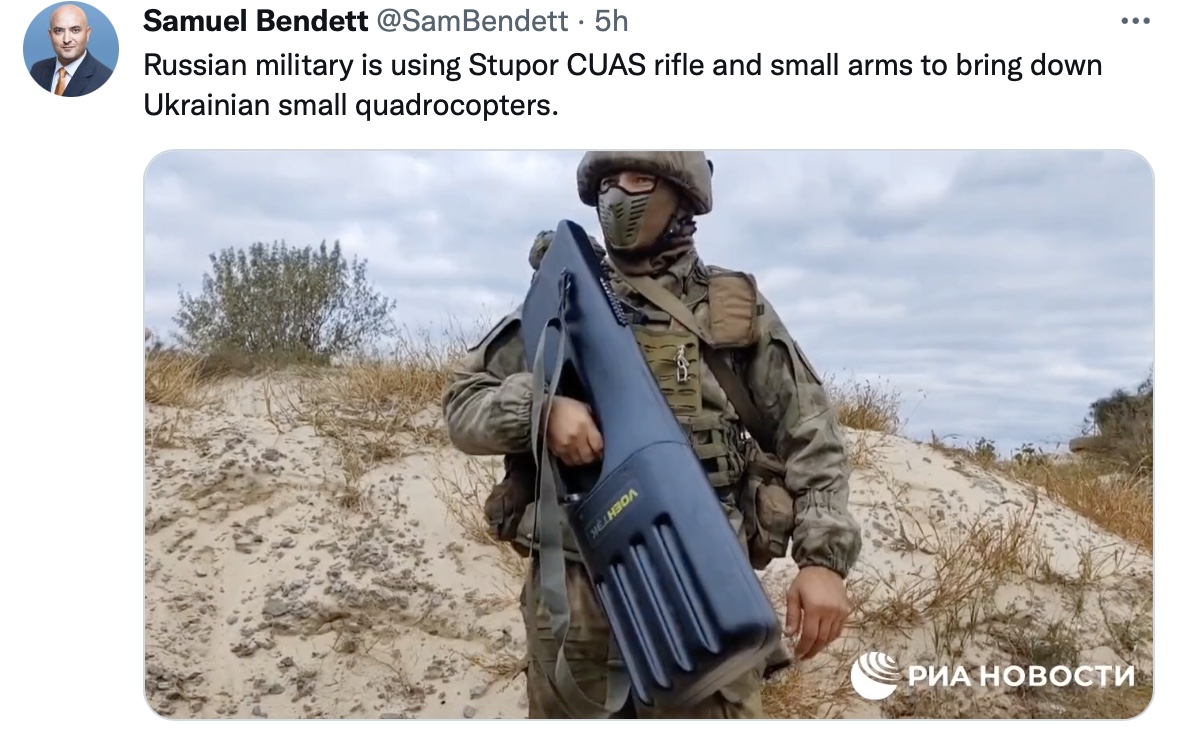
14/ This was a topic explored by the US Defense Science Board in 2020. Their (short) report is available here: dsb.cto.mil/reports/2020s/… 

15/ While a range of electromagnetic and kinetic solutions are now available, these will need to be supplemented with other new systems that bring down the cost of counter autonomy operations for military organisations. 
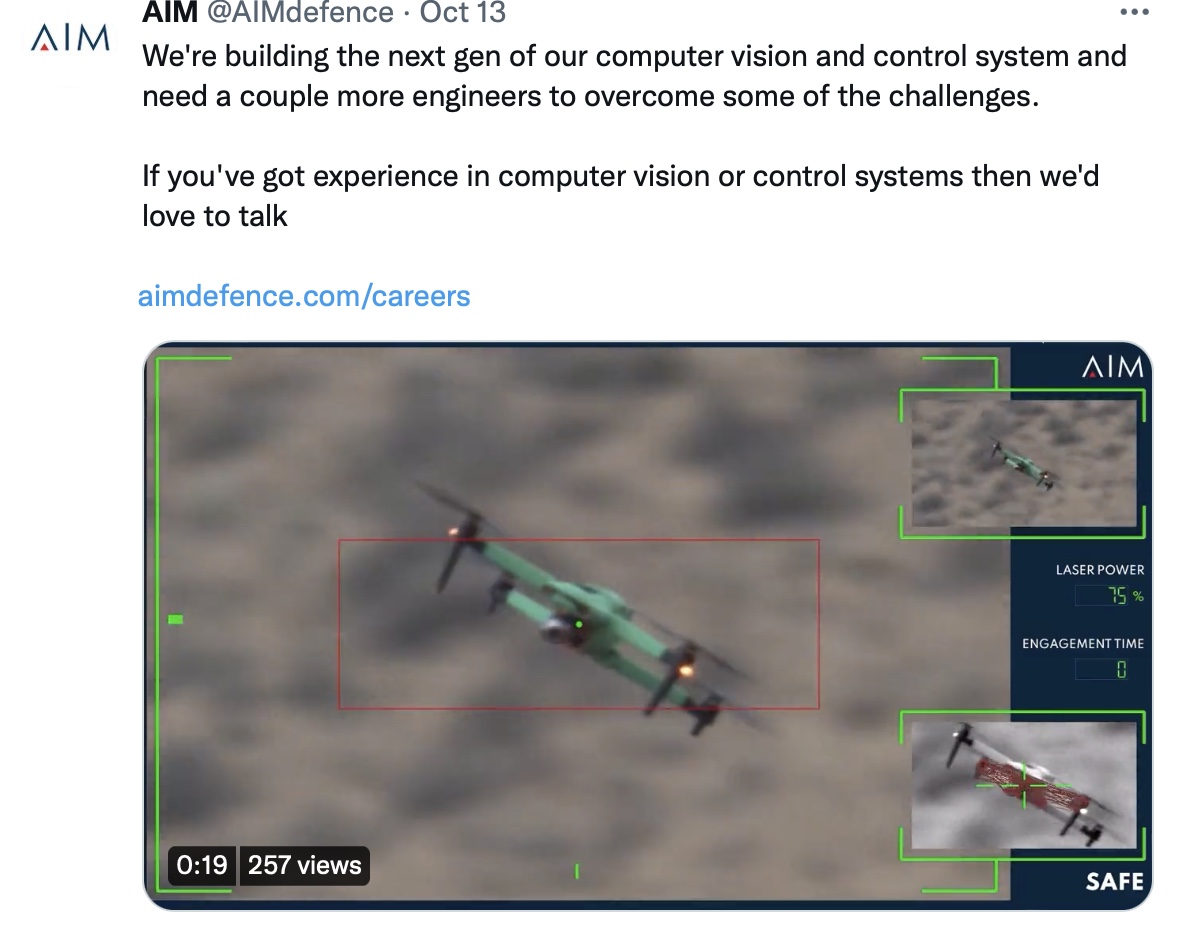
16/ In effect, we need a new generation of counter-autonomy systems that are cheaper to purchase and deploy widely than it is to purchase and deploy the autonomous systems they defend against. They might be a future ‘cost imposition’ capability.
17/ Fourth, there is an increasing use of autonomous systems but we are yet to see true swarming operations. The massed attacks this week were not swarming drones. Swarms are groups of drones coordinated by bespoke algorithms.
18/ As this article defines them, swarms are “multiple unmanned platforms and/or weapons deployed to accomplish a shared objective, with the platforms and/or weapons autonomously altering their behavior based on communication with one another.” warontherocks.com/2019/02/drones…
19/ I am not aware of any reports of such a capability being deployed by either side yet in this war.
20/ Fifth, autonomy has been restricted almost entirely to the air domain. While the Russians have deployed remote controlled mine clearing robots, that is about it for non-air domain autonomy in this war.
21/ Given the Russian claims of developing several uncrewed combat ground vehicles over the past decade, this probably indicates that these are immature and unreliable. It is doubtful that the Russians have not used them due to ethical concerns! forbes.com/sites/davidham… 
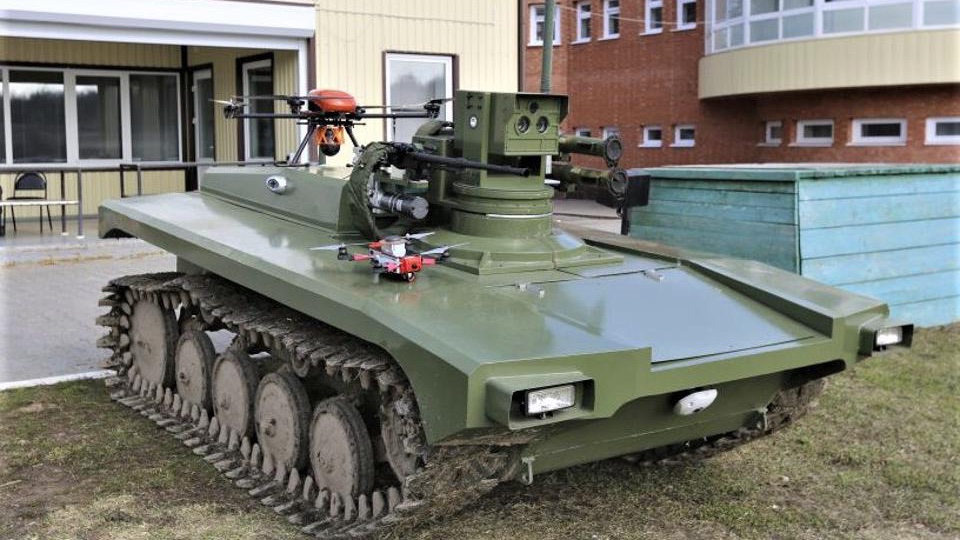
22/ Finally, the term ‘integration’ is potentially an over exaggeration in the military application of autonomous systems in #Ukraine. Drones are being used by human operators and these systems have some autonomy.
23/ We are yet to see widespread integration of autonomous systems – across the domains – in the tactics of either belligerent. Autonomous systems are still a ‘low density’ capability in military organisations.
24/ However, the ratio of humans to robots will flip in the near future. Our warfighting concepts, and training approaches, will need to evolve to ensure we are able to best able to exploit lethal and non-lethal autonomy across all domains. End. 
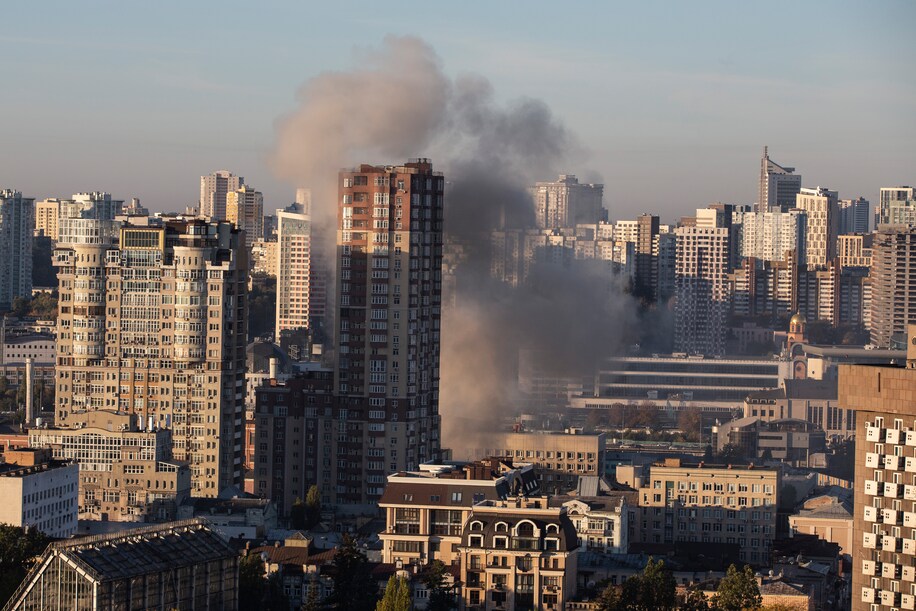
25/ Thank you to the following whose images were used in this thread: @smabendett @AFP @RALee85 @IAPonomarenko @Forbes @washingtonpost @IAPonomarenko @visegrad24 @AIMdefence @JessicaCGlenn
• • •
Missing some Tweet in this thread? You can try to
force a refresh






